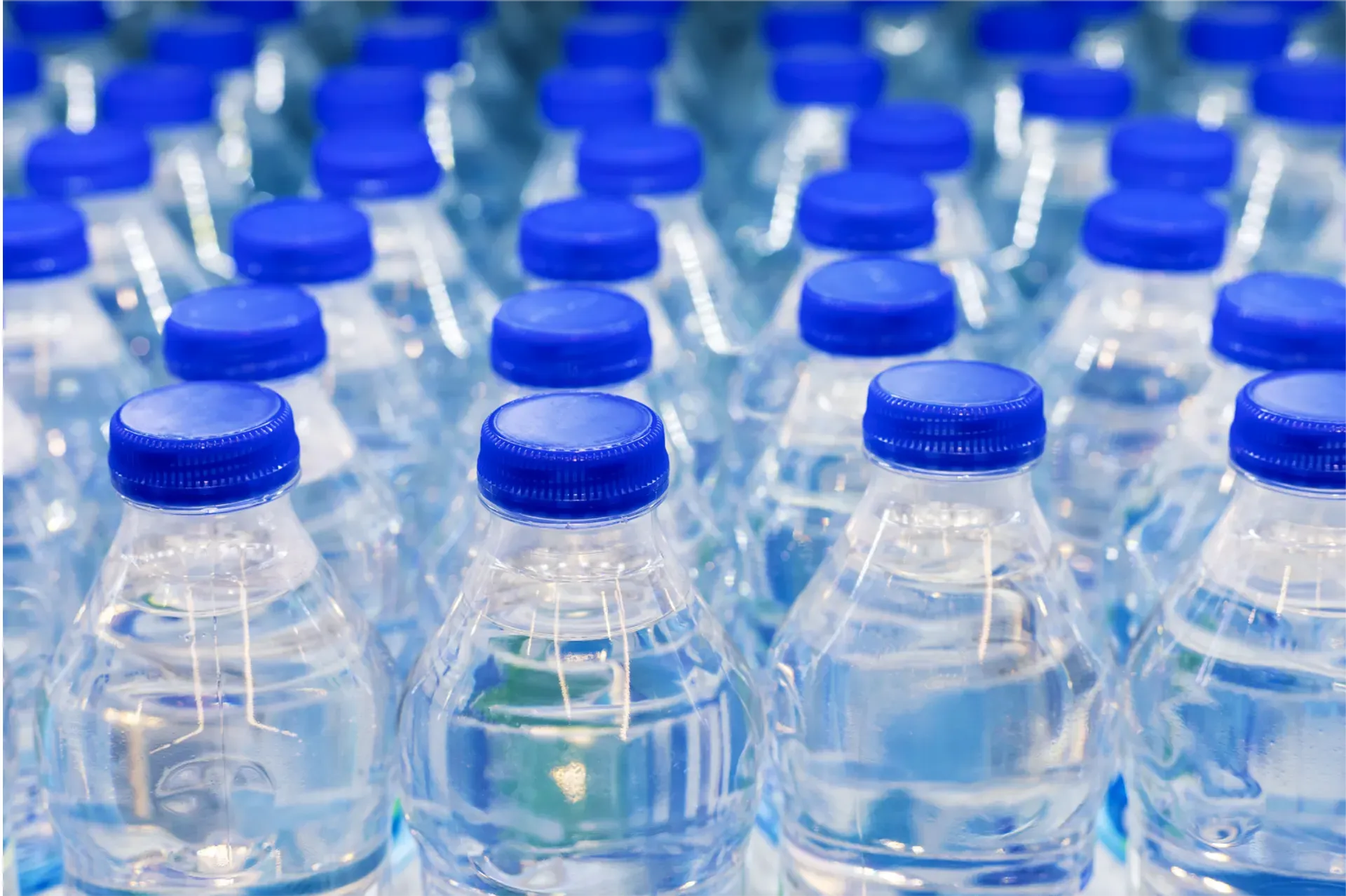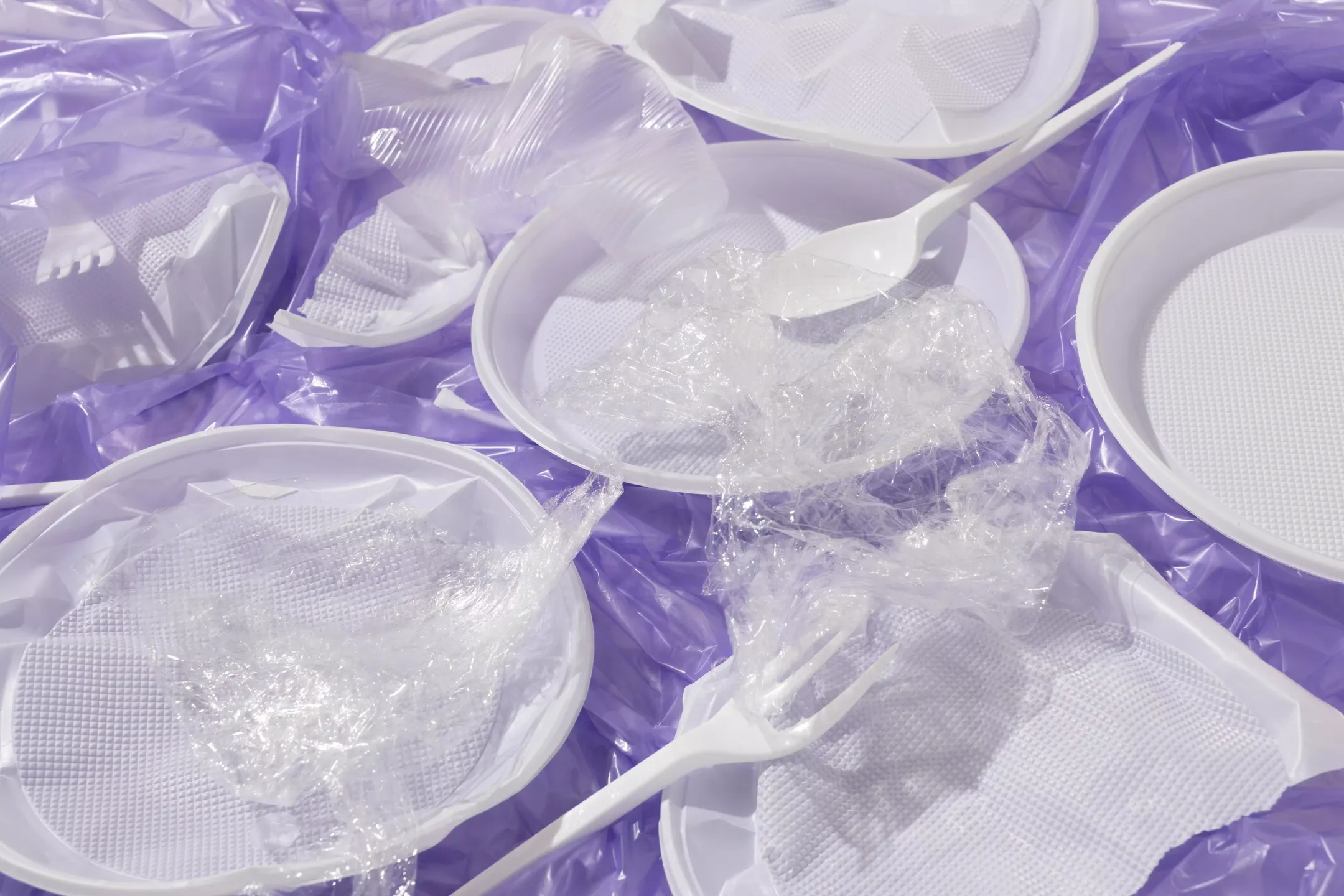
PET vs PETg: What’s the Difference?
Do you want to learn about the differences between PET and PETG for your pet needs? This article will explain the distinctions between these two types of plastic materials. PET and PETG are commonly used in the production of pet products. Understanding their unique properties can help you make informed decisions when choosing items for your furry friends. Let's explore the characteristics and uses of both materials to help you select the best option for your pets.
What is PET plastic?
PET plastic, or polyethylene terephthalate, is a polymer made from ethylene glycol and terephthalic acid. It's commonly used in items like bottles, packaging film, jars, caps, and apparel. PET is clear, strong, and resistant to oxygen and impact, making it great for packaging.

Recycled PET can be used for textiles, rope, and containers. Compared to PETG, PET is more cost-effective to manufacture and easier to recycle. This makes recycled PET more environmentally friendly, reducing waste and retaining its properties through multiple uses.
PET plastic is crucial in the packaging industry due to its versatility and environmental advantages through recycling.
What is PETG plastic?
PETG plastic is a polymer derived from polyester, specifically polyethylene terephthalate (PET). It has some additives to enhance its characteristics and differs from PET plastic. PETG is transparent, impact-resistant, and resistant to stress-cracking. It is commonly used in making food containers, jars, caps, and packaging materials.
Compared to PET plastic, PETG is stronger and suitable for applications requiring impact resistance. It is also recyclable and can be reused, reducing its environmental impact. The chemical composition of PETG includes ethylene glycol and terephthalic acid, resulting in an amorphous structure that allows easy molding and processing.
Chemical Composition
PET (Polyethylene Terephthalate) is a thermoplastic polymer with the chemical formula (C₁₀H₈O₄)n. It is produced via the polymerization of terephthalic acid and ethylene glycol. The polymer exhibits a high degree of crystallinity, which imparts substantial mechanical strength and thermal stability in its solid form. However, PET's crystalline structure contributes to its brittleness and susceptibility to stress cracking during processing.
PETG (Polyethylene Terephthalate Glycol-Modified) is a modified version of PET, with the chemical formula (C₁₀H₁₂O₄)n. Unlike PET, PETG includes an additional glycol component, which reduces its crystallinity. This alteration results in a more flexible material during processing and mitigates the risk of stress cracking. The amorphous molecular structure of PETG provides enhanced transparency and impact resistance compared to PET.
PET Plastic vs PETG Plastic in Packaging
PET and PETG plastics are commonly used in packaging. They are found in containers, bottles, jars, caps, and films. These plastics are transparent, allowing consumers to see the contents. They are great for food and drinks. One advantage is their strength. They can resist impact and stress-cracking, protecting goods during shipping. PET plastics can be recycled, contributing to sustainability. PETG is more durable and is used where toughness is crucial. When selecting between PET and PETG, factors like transparency, durability, and eco-friendliness should be considered for the best packaging choice.
PET Plastic Packaging Properties
PET plastic is widely utilized in various industries due to its essential properties. Its transparency, lightweight nature, and strength make it ideal for applications such as bottles, containers, caps, and films. PET exhibits resistance to oxygen, impact, and stress cracking. Additionally, it is recyclable and eco-friendly, and can be molded into various shapes. Currently, PET is a popular choice for liquid packaging due to its low cost and excellent chemical stability, making it a durable and enduring material in the market.
PETG Plastic Packaging Properties
PETG plastic packaging is a type of polymer derived from polyethylene terephthalate. It has excellent transparency and impact resistance, making it ideal for packaging. PETG is amorphous and can be recycled multiple times without losing its properties.
PETG is utilized in containers, bottles, jars, caps, and films due to its transparency and effective oxygen barrier. It is versatile and can be molded into various formats, including fibers and textile materials. PETG's superior impact resistance makes it ideal for durable applications like jars and caps; however, it requires plasticizers that may raise leaching concerns. Although PETG is increasingly used as a packaging material, it has a higher production cost compared to PET.
Comparison of PET and PETG Packaging
PET and PETG are types of polyester polymers. They have different packaging properties. PET is transparent and is commonly used for pet bottles and food packaging. PETG, a glycol-modified variant, is known for its impact resistance and stress cracking properties.
| PET (Polyethylene Terephthalate) | PETG (Polyethylene Terephthalate Glycol-Modified) | |
| Chemical Composition | Ethylene glycol and terephthalic acid | Ethylene glycol, terephthalic acid, and additional glycol | |
| Transparency | Clear and transparent | Clear and transparent | |
| Strength | Strong and resistant to oxygen and impact | Stronger with better impact resistance | |
| Recyclability | Easier to recycle, widely accepted in recycling streams | Recyclable but may face challenges due to niche market use | |
| Environmental Impact | Environmentally friendly, reduces waste through recycling | Less environmentally friendly due to plasticizers affecting recyclability | |
| Applications | Bottles, packaging film, jars, caps, apparel | Food containers, jars, caps, packaging materials | |
| Cost-effectiveness | More cost-effective to manufacture | Less cost-effective due to additional glycol | |
| Durability | Durable but more brittle compared to PETG | Higher impact resistance and stress-cracking properties | |
| Manufacturing Process | Involves combining ethylene glycol with terephthalic acid | Includes additional glycol for enhanced properties |
Key Differences in Sustainability
Recycling Potential of PET vs PETG
When comparing PET and PETG plastics for recycling, we should look at how easy they are to recycle and the recycling facilities.
PET is highly regarded for its recyclability. It can be efficiently recycled into new PET products, such as bottles, containers, and fibers, or repurposed into lower-grade materials. The recycling process involves several steps: collection, cleaning, and reprocessing through melting and extrusion. PET’s recycling infrastructure is robust, with extensive facilities designed to handle and process PET waste. Ongoing advancements in recycling technologies—such as improved sorting techniques and chemical recycling—are enhancing the efficiency and quality of PET recycling, supporting its role in a circular economy.
PETG, while recyclable, faces more challenges compared to PET. The introduction of glycol and other additives into the PETG formulation increases the complexity of the recycling process. PETG requires specialized recycling facilities that are not as widely available. The presence of these additives can also complicate the recycling stream, potentially leading to issues such as contamination or leaching. Consequently, PETG’s recycling potential is constrained by its specific chemical modifications and the need for advanced recycling technologies, which limits its overall environmental sustainability.
Overall, PET exhibits superior recycling potential due to its established recycling processes and widespread infrastructure. In contrast, PETG's more complex chemical composition and the requirement for specialized recycling facilities diminish its recycling efficiency. As a result, PET is generally considered more sustainable from a recycling perspective compared to PETG.
Impact on Environment: PET vs PETG
PET's environmental impact is significant across its production, waste management, and ecological effects. Its production demands considerable energy and generates greenhouse gas emissions, with catalysts like antimony contributing additional environmental burdens. Improper disposal of PET waaste can cause long-term environmental issues due to its persistence in landfills. Nonetheless, recycling PET can reduce its environmental impact by converting waste into new products.
PETG's production requires more energy and chemicals than PET due to added glycol and plasticizers, which increases its environmental burden. Its recycling process is more complex and demands specialized facilities, which are less common. The complexity of PETG's chemical composition and recycling requirements, combined with potential pollution risks, elevate its environmental impact compared to PET. While PETG excels in impact resistance and clarity, its environmental impact is greater due to these factors.
Considering the life cycle assessment, the environmental impact of PET compared to PETG should be weighed against its wide use in food, apparel, and textile industries.
Advantages and Disadvantages of PET and PETG
Advantages of PET Plastic
PET plastic is great for packaging. It has many benefits compared to other materials. PET is a versatile polymer, perfect for various uses like bottles and containers. Its strength and see-through quality make it perfect for showcasing products. PET is also environmentally friendly as it can be recycled into fibers for clothes or resin for new packaging. The manufacturing process of PET involves ethylene glycol and terephthalic acid, resulting in a recyclable thermoplastic with high durability.
By recycling efficiently, PET lessens its environmental impact, promoting a more sustainable packaging industry.
Disadvantages of PET Plastic
PET plastic, or polyethylene terephthalate, is not environmentally friendly because it doesn't break down easily. Using PET in packaging, containers, bottles, and more creates a lot of waste that harms the environment.
Other materials like paper or some plastics can decompose, but PET can't. When PET is burned or not disposed of correctly, its components like antimony, ethylene terephthalate, ethylene glycol, and terephthalic acid can be harmful.
Recycling PET items is limited, leading to more environmental damage. For packaging applications demanding superior performance, like long-term storage containers, it is not as resistant to wear and durability as PETG.
Advantages of PETG Plastic
PETG plastic is a type of polyester polymer that has advantages for packaging. It is more durable than traditional PET plastic because it has better impact resistance and stress cracking properties. PETG is often used for food packaging because it is transparent, allowing consumers to see the product inside. From an environmental perspective, PETG can be recycled multiple times without losing its properties, which reduces the environmental impact of packaging materials.
Disadvantages of PETG Plastic
PETG plastic is a type of polyester polymer often used in packaging, such as PET bottles. However, it has certain drawbacks compared to other materials.
One disadvantage is its environmental impact. The manufacturing process of PETG involves terephthalic acid and ethylene glycol, contributing to environmental issues.
While PETG provides good impact resistance and stress cracking properties, it lacks in recyclability. PETG containers are not as commonly recycled and require specific processes for effective reuse. This affects its sustainability compared to plastics like PET, which are easily recycled into new materials.In addition, the high cost of PETG is one of the reasons preventing it from becoming a more widely popular packaging material.
PET vs PETG: Making an Informed Choice for Your Packaging Needs
When choosing between PET and PETG for packaging, consider that PET is widely recycled and well-established for bottles, containers, and film, offering significant resource and energy savings through its recycling process. In contrast, PETG, known for its superior impact resistance and clarity, may face recycling challenges due to its specialized chemical composition and less common recycling facilities. Additionally, PET has a lower production cost compared to PETG.
The decision should balance application requirements and environmental priorities, including the materials' recyclability, sustainability, and cost considerations.
Conclusion
PET and PETG are types of thermoplastics. They are commonly used in manufacturing. PETG is a modified version of PET. It has better impact resistance and clarity compared to PET. However, PET is more brittle but has higher chemical resistance, if you are looking for a PET plastic supplier, Wkai is a perfect choice for you, we have a wide variety of PET chips options for you. These materials are used in many industries because of their special qualities and flexibility.

